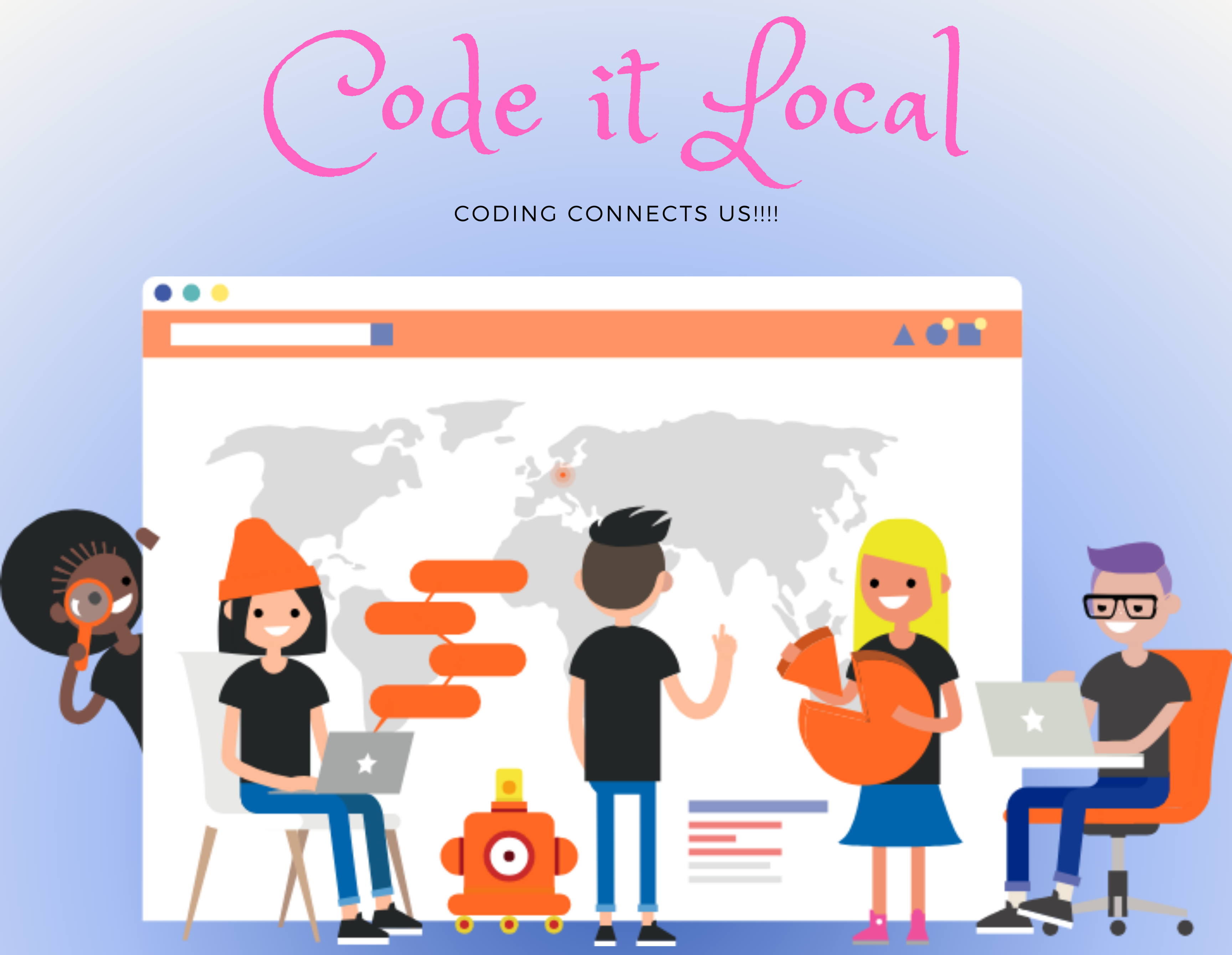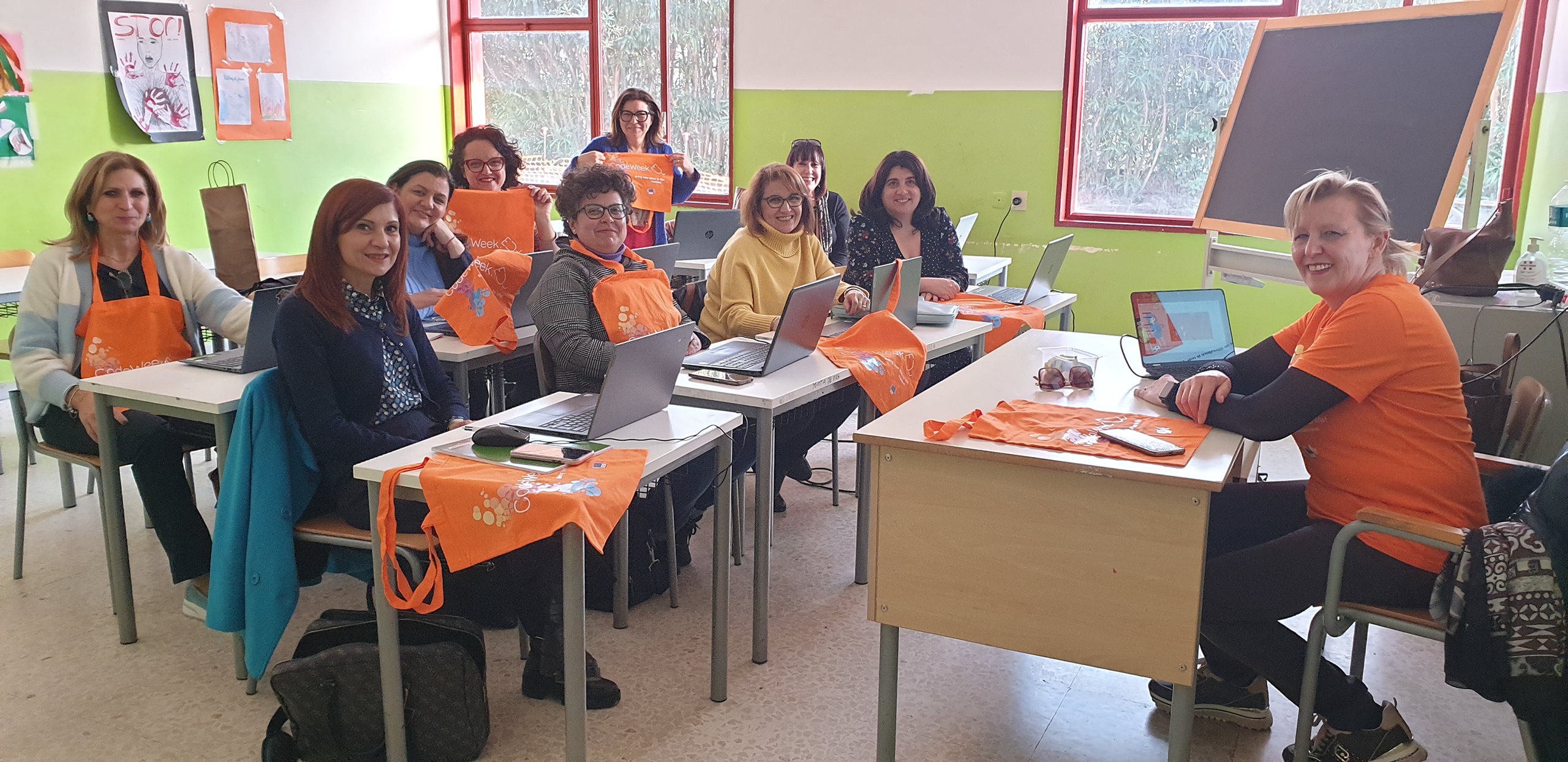How to Create a Smart Tourist Guide
Publication date: May 3, 2021
Use AI tools and technologies to create a mobile app in Scratch that recommends tourist attractions based on people’s interests
By Elka Veselinova from the European School of Brussels III, Belgium. Subjects taught – Mathematics, English and Information and communication technologies (ICT).
Twitter: @elka_veselinova, Facebook: elka.veselinova
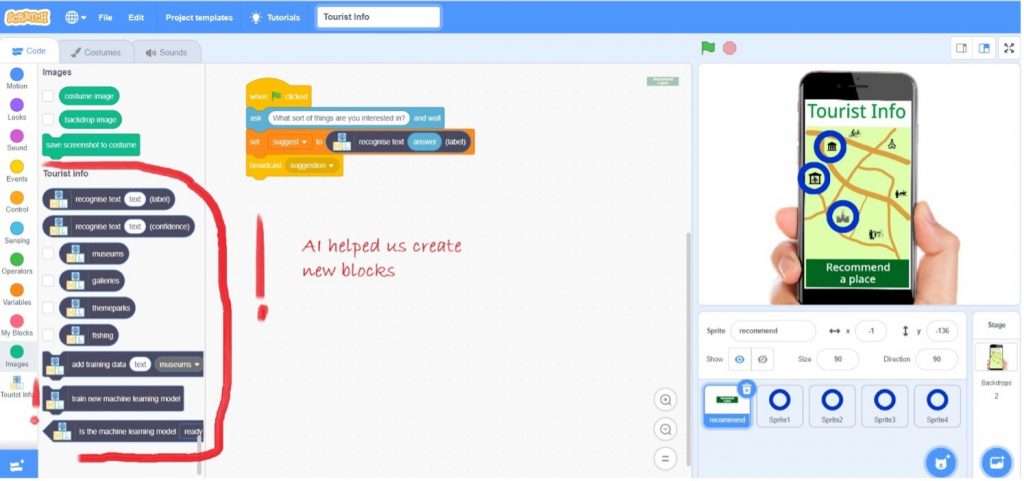
As we live longer and technology continues its rapid arc of development, we can imagine a future where machines will augment our human abilities and help us make better life choices. Instead of conducting a question and answer with a device on the countertop, we will be able to converse naturally with our virtual assistant that is fully embedded in our physical environment. Although Artificial Intelligence (AI) may seem like something from the future, with its inclusion in sci-fi thrillers and movies, most of us probably use it every day for simple tasks like taking pictures, parking our cars, asking our phones what the weather will be like, or using our personal home assistants to turn on the lights.
Use AI tools and technologies to create a mobile app in Scratch that recommends tourist attractions based on people’s interests is an activity with two main goals. Firstly, it is aimed at raising students’ awareness of teaching a computer to make recommendations and secondly, it increases their motivation and confidence of being able to combine programming in Scratch with AI tools. I used the activity with my 13-14-year-old students, but it is also suitable for younger learners or more advanced ones with some modifications and a follow-up project. For the preparation, teachers must prepare detailed worksheets for the students with instructions on how to train the machine and also make the application using https://machinelearningforkids.co.uk/ and Scratch 3.0 GUI. The worksheet can be found here.
Firstly, students may try to do the coding using scratch.mit.edu and have a look at the coding done by me here:
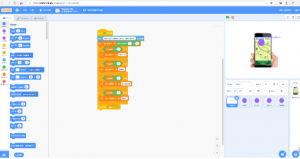
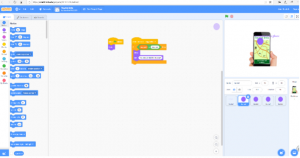
Then, they follow the instructions in https://machinelearningforkids.co.uk to train and test the machine.

After students have trained and tested the machine, they start making their application in Scratch 3.0:

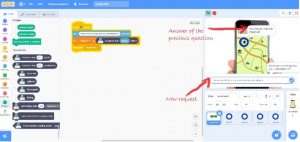
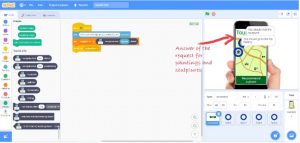
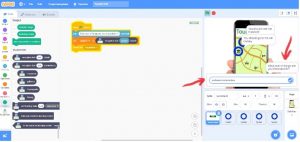
As follow-up, students can add a new label, for example “funfair” and start “teaching” the machine again to recognise new examples. The activity is suitable for both hybrid and online teaching as well as for a physical classroom.
Undoubtedly, this project shows that ICT and English as a foreign language can live in perfect harmony. Not only do students develop computer-based skills but also they can build and enrich their English tourism-and-travel vocabulary and grammar.

